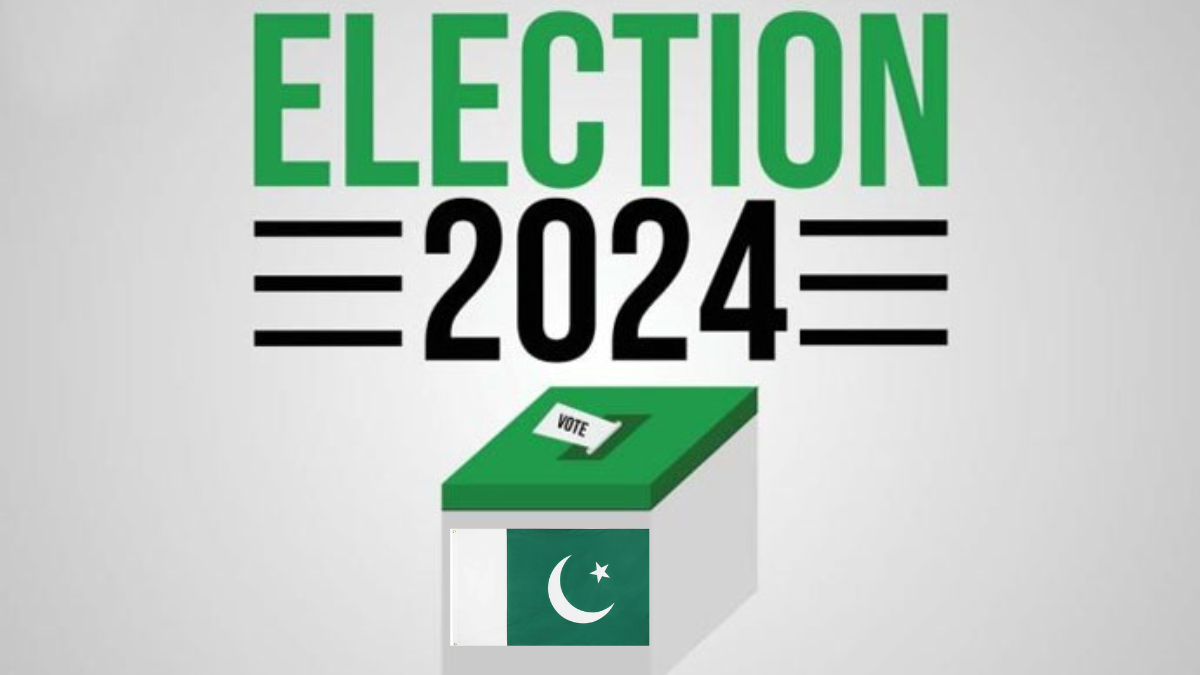
over half of pakistan’s population eligible to vote in 2024 general elections
In the upcoming general elections of 2024, Pakistan is set to witness a historic event with more than half of its population eligible to cast their votes. According to a recent report by FAFEN titled ‘Electoral Rolls, General Election 2024’, a whopping 128 million people, constituting over 53.2% of the total population, are registered as voters.
This surge in registered voters is a significant increase of 22.5 million since 2018, including 12.5 million women. Pakistan now ranks as the fifth-largest democracy globally, following India, Indonesia, the United States, and Brazil. Notably, this marks the first time that Pakistan has more registered female voters than male voters.
Regional variations in voter-to-population ratios exist, with Punjab leading at 57%, followed by Khyber Pakhtunkhwa at 53%. Sindh and Islamabad hover around 50%, while Balochistan lags at 36%. However, it’s important to note that these ratios only consider voters registered in their native districts and not those registered on temporary addresses.
Great news from the report! It tells us that the gap between the number of men and women who are registered to vote is getting smaller, which is really good. The Election Commission of Pakistan (ECP), National Database and Registration Authority (NADRA), and regular people working together have played a big role in making more people know about voting, uniting communities, and motivating women to take part in the voting process.
Read More: PTI Founder Imran Khan and Shah Mahmood Qureshi, Handed 10-Year Jail Term in Cipher Case
Since 2018, 2.5 million more women have been registered than men among the 22.5 million new voters added for the 2024 elections. The overall gender gap has decreased from 12.4 million (11.8%) in 2018 to 9.9 million (7.7%) in the Final Electoral Rolls (FER) for 2024.
Read More: Kashmir Day: Pakistan Declares Public Holiday on February 5″
In Balochistan, there’s still a problem because there’s more than a 10% difference between the number of men and women registered to vote. The report says we need to keep working hard to fix these issues, especially in areas and age groups where the gap between men and women voters is more noticeable. There have also been so many improvements so the women can do registration for vote. In this report they say they need to do more things like this so the voting system can be better and everyone can cast a vote.



